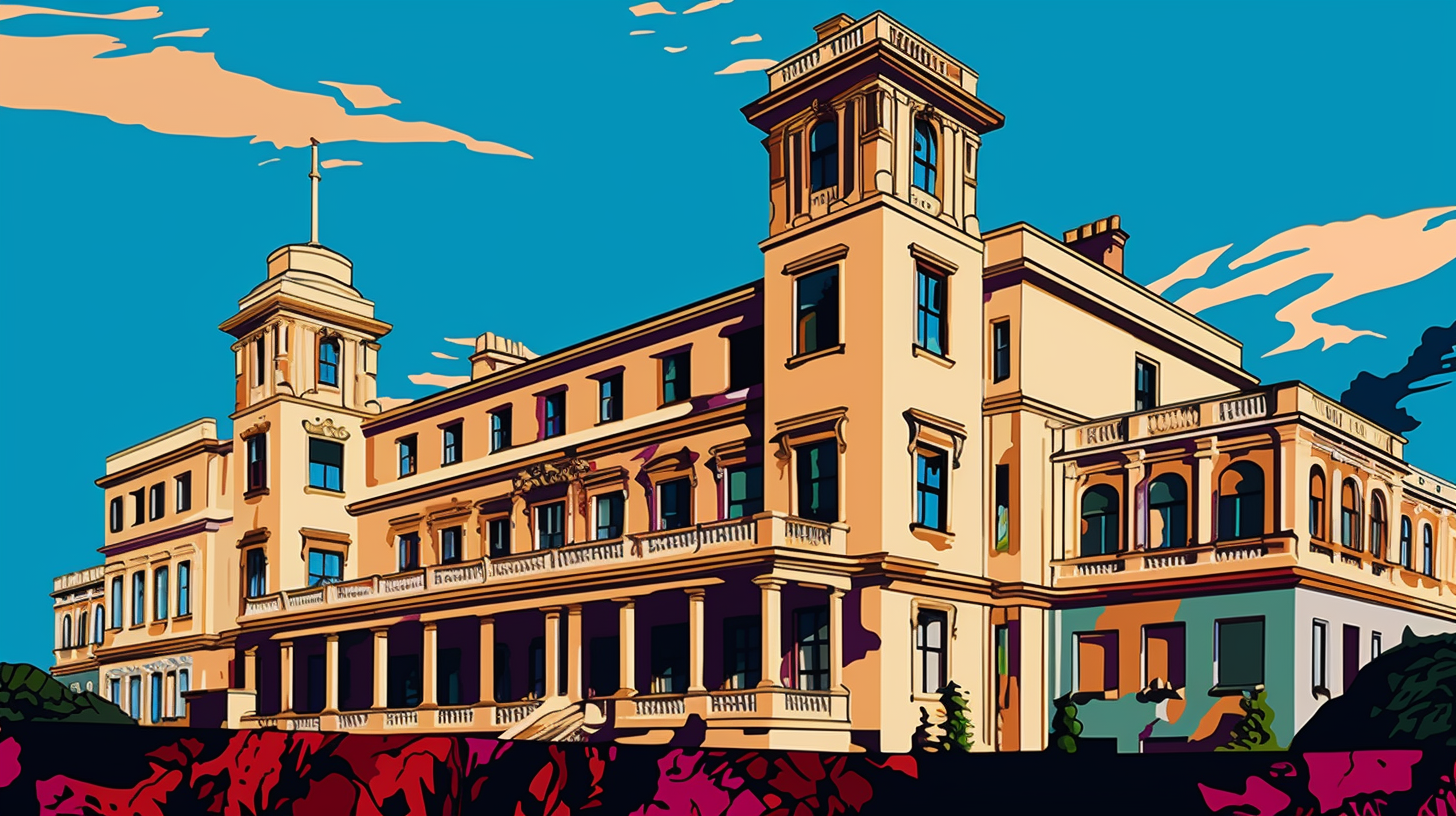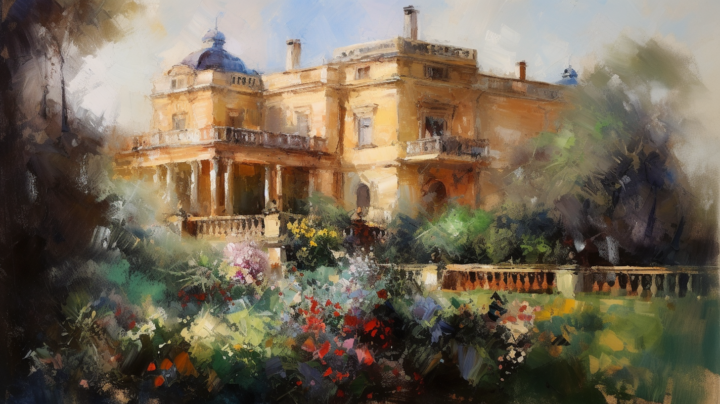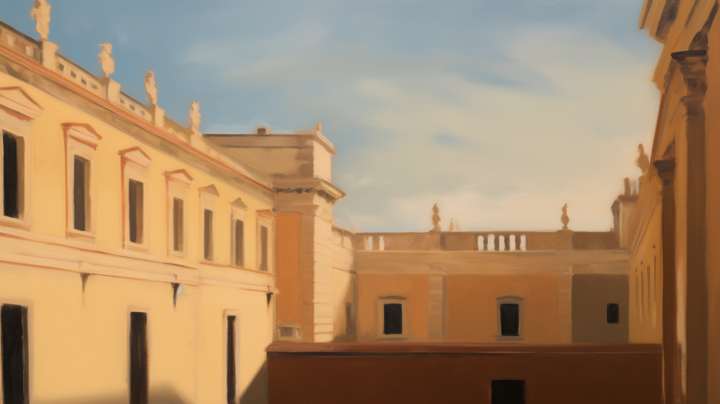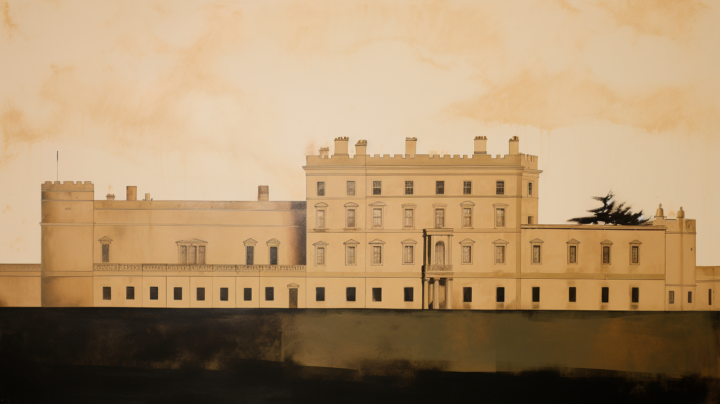Childhood summers spent in my grandparents’ village home cultivated an appreciation for the sense of belonging that only certain places can evoke. In a way, I was not so different from the British royal family who cherished their retreat at Osborne House on the Isle of Wight.
Just as my grandparents’ home offered an escape from everyday life, Osborne House was Queen Victoria and Prince Albert’s haven away from the formalities of court routine. This personal aspect sets it apart from ordinary royal residences, as it was designed to provide respite and a sense of familial intimacy.
Yet, Osborne House’s history carries complexities raising questions about the colonial past and cultural dynamics of the time. Queen Victoria’s fascination with all things “Oriental”, embodied in the design and decor of Osborne House, reflects the prevailing attitude of the Victorian era. Though fueled by genuine curiosity, this fascination resembles a form of exploitation today.
Architecturally, Osborne House looks like an Italian palazzo standing against the picturesque backdrop of the Isle of Wight. The gardens echo Queen Victoria’s affinity for the outdoors and her desire for a peaceful and secluded retreat.
Prince Albert’s love for nature led him to plant diverse tree species across Osborne House’s grounds. As an amateur, his approach was unconventional; trees found their home in unexpected places. His royal status meant his arboreal whims couldn’t be managed, resulting in a unique landscape.
The interiors showcase an elaborate collection of art and artefacts. Each space, from the Durbar Room to staterooms, is a testament to Queen Victoria’s romance with her Empire.
Was there any positive in Queen Victoria’s infatuation with South Asian aesthetics, or was it indeed an instance of cultural appropriation? The answer is complex and nuanced, highlighting the tension between genuine admiration and potential misuse. Osborne House invites us to contemplate this aspect of history while appreciating its architectural brilliance.
Elia Kabanov is a science writer covering the past, present and future of technology (@metkere).
All images: Elia Kabanov feat. Midjourney.
This post represents an ongoing art project of mine describing a personal experience of visiting the English Heritage sites using AI tools such as Midjourney.
It’s important to note that all the images provided in this project are artistic impressions generated by artificial intelligence. While they capture the essence and spirit of the English Heritage sites, they may not accurately represent reality. The AI-generated images are a fusion of historical data and creative interpretation, meant to evoke emotions and curiosity rather than provide precise historical or architectural documentation. This project aims to celebrate the beauty and significance of these sites while embracing the innovative possibilities that AI offers in the realm of artistic expression.
If you like what I’m doing here, subscribe to my newsletter on all things science:



